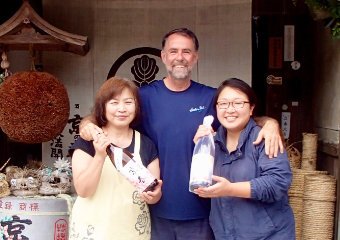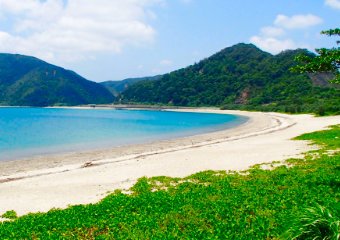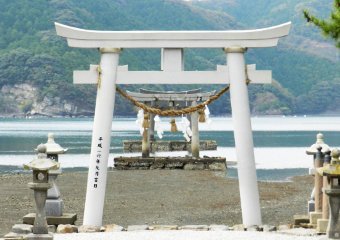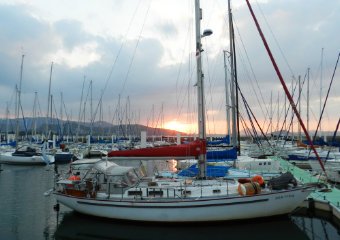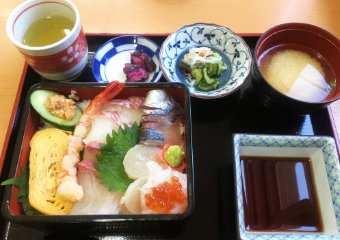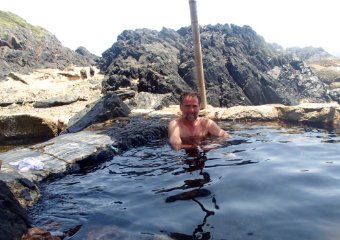Japan has a long, complex history and a rich culture. The Japanese islands have been inhabited for over 30,000 years, and the Japanese nation and people trace their origins back about 2,000 years to the area around present-day Kyoto. From there, they expanded outward to encompass all of what we now refer to as the Japanese archipelago, with Hokkaido and the Ryukyu Islands only becoming part of Japan in the latter half of the 19th century.
The emperor, whose lineage is said to date from 660 BC (although historians generally agree that the 3rd century AD is more likely), has always been Japan's "head of state," but the emperor's control waxed and waned depending on power struggles with regional lords and within the imperial court. For most of Japan's history, real power was wielded by the Shogun (military dictator).
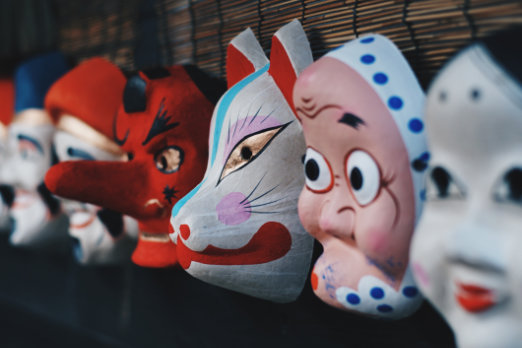
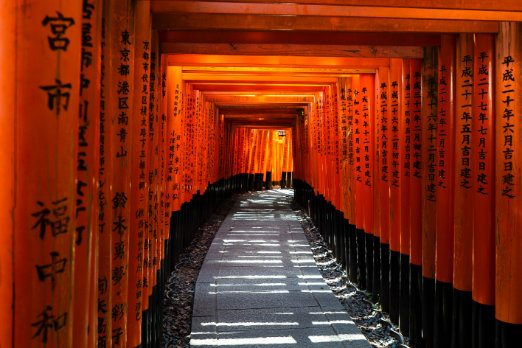
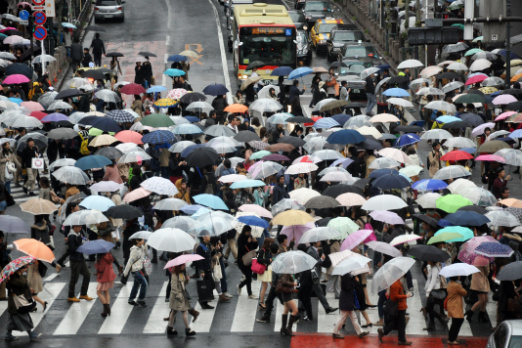
Shinto is Japan's indigenous religion, going back to the mists of time, while Buddhism entered Japan in the 6th century. The two religions have generally co-existed peacefully and are often complementary. Together, they are not only responsible for many of Japan's architectural landmarks but also helped shape Japan's aesthetics and values.
In an attempt to protect the Shogunate's power, Japan closed itself off to the outside world, albeit not completely, from the early 1600s to 1868. That Isolation Period has been likened to a hothouse that nurtured and enriched Japanese culture while shaping attitudes toward foreigners that continue to today.
As one cruises Japan, the manifestations of Japanese history and culture are all around...in the shrines and temples, in the castles, in every little fishing port, in the homes of its people.
Here are examples of the sights that await you, going roughly from south to north.
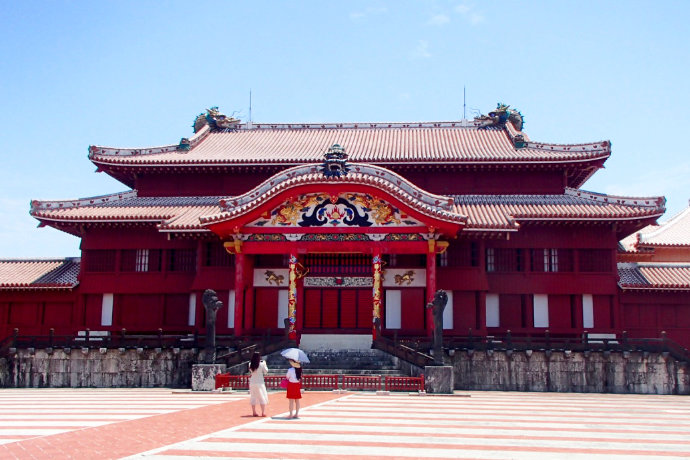
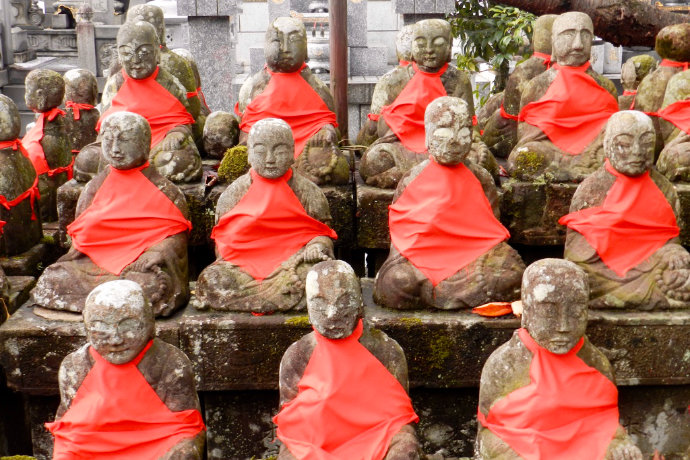
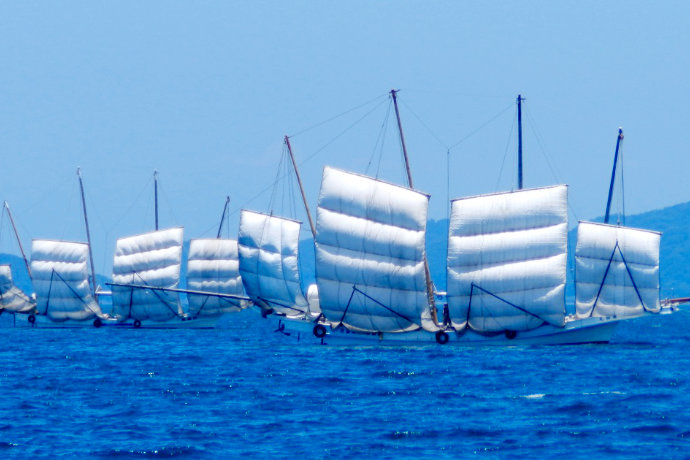
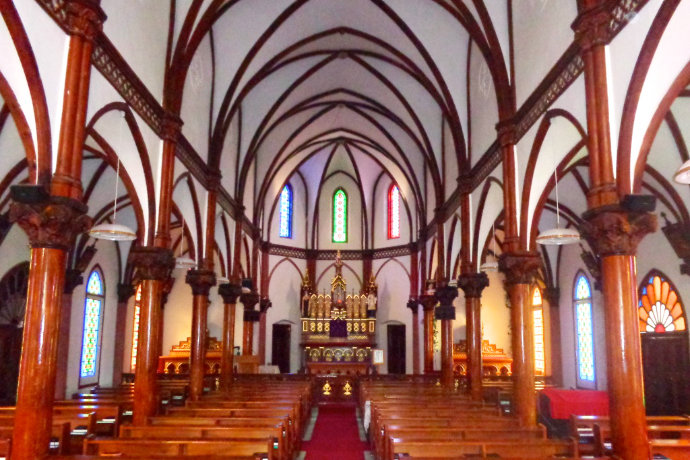
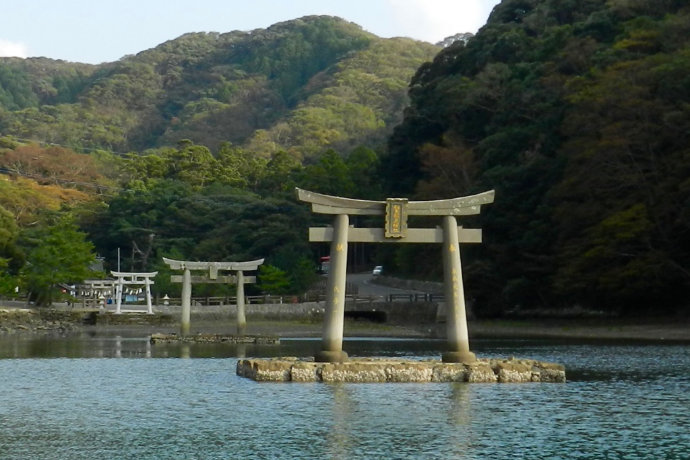
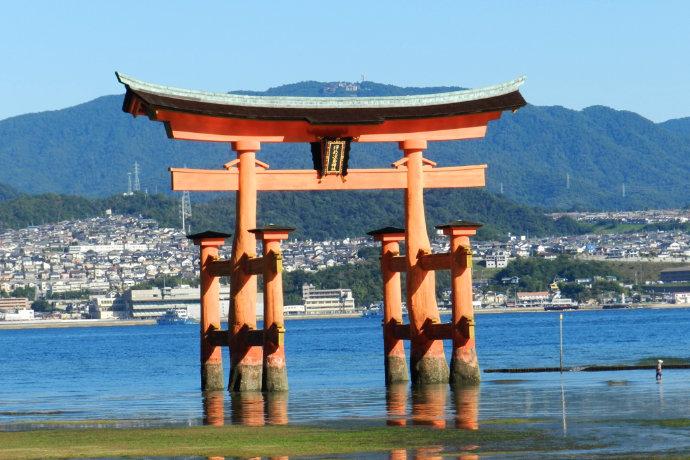
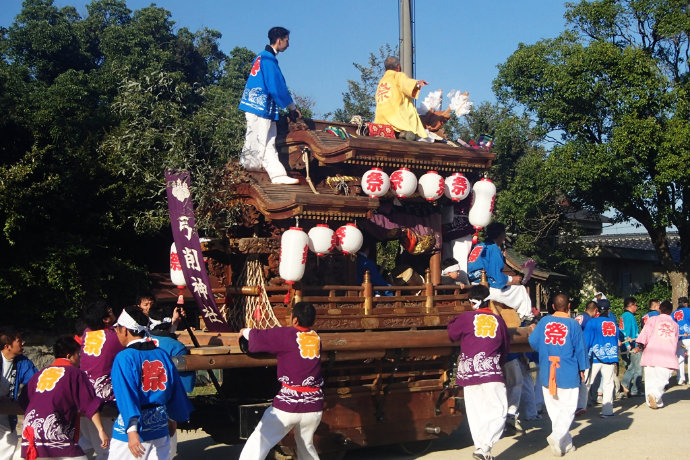
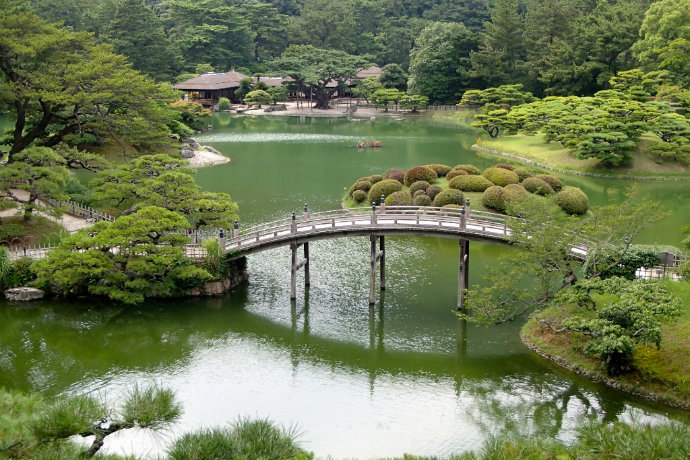
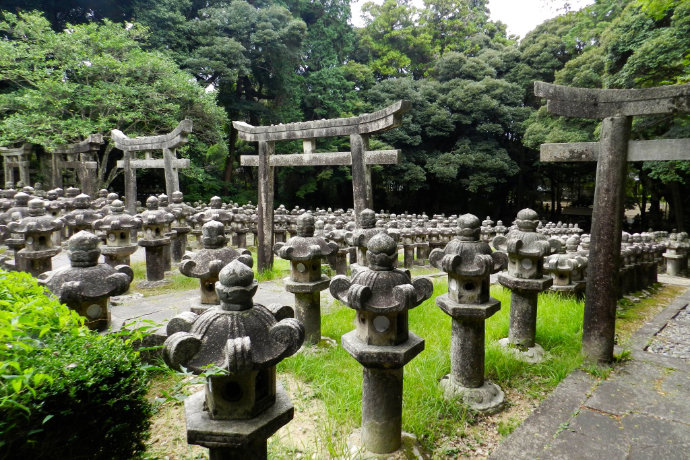
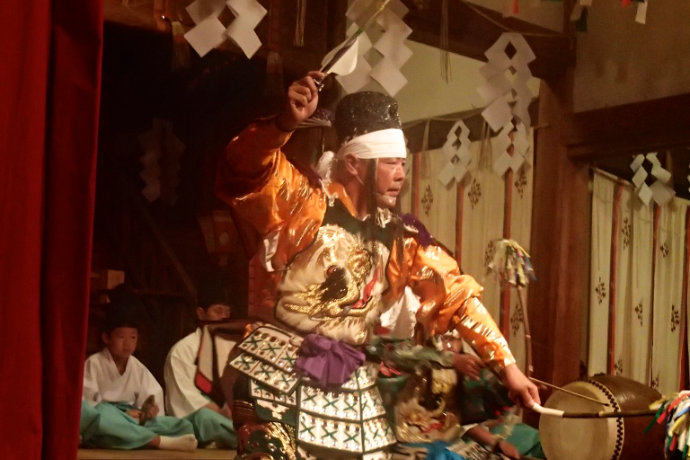
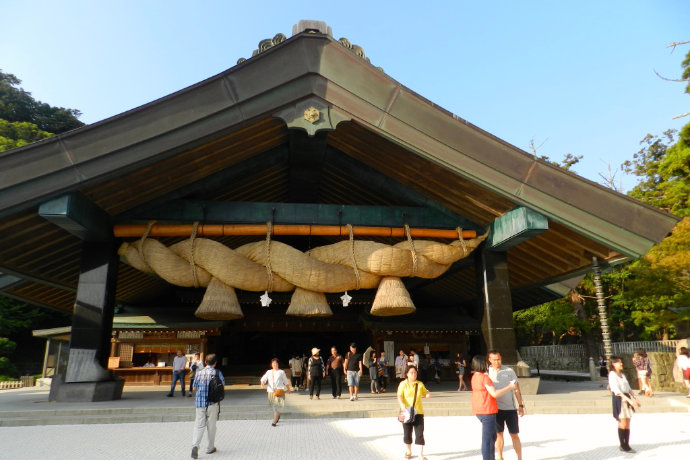
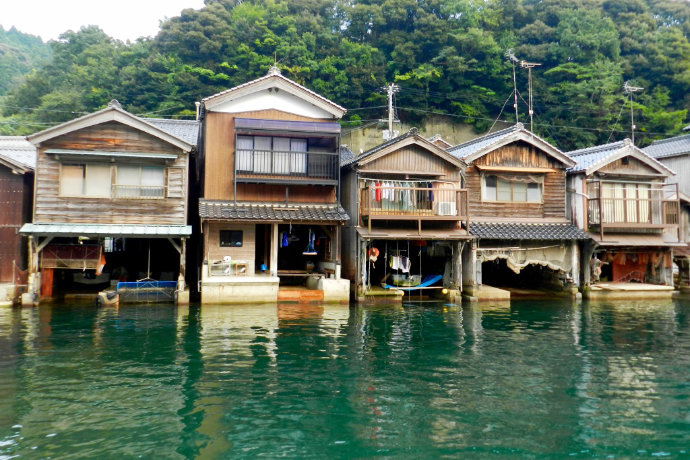
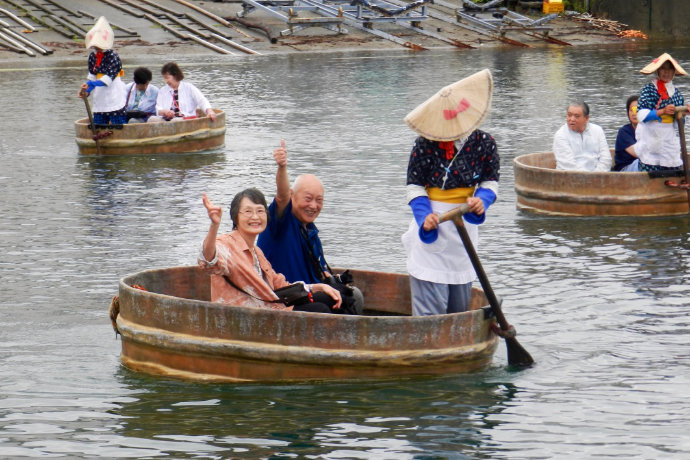
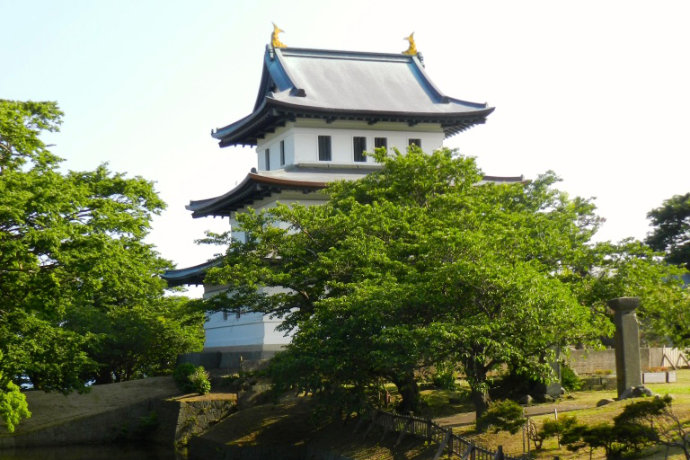
Got Questions?
Contact us for information on how Konpira Yacht Services can help you experience the wonders of Japan's oceans.
